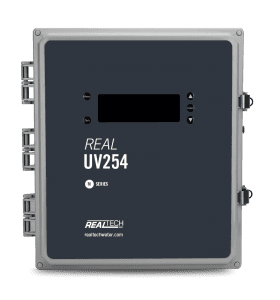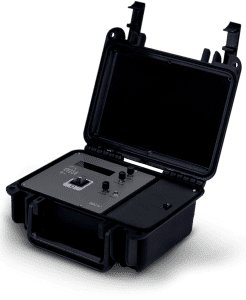Chemical disinfection can cause the formation of harmful byproducts when disinfectants like chlorine react with naturally occurring compounds such as organic matter in water. The most well known and regulated disinfection byproducts (DBPs) are Trihalomethanes (THMs) and Haloacetic acids (HAA5) which can have adverse health effects if exposed at high concentrations. In order to limit the formation of these harmful byproducts, it’s essential to understand and monitor the precursors.

GAIN THE INFORMATION YOU NEED:
Monitoring organic matter in real time, specifically UV254, provides one of the best indicators for a water’s potential to form DBPs. Absorbance at 254 nm indicates the concentration of organic molecules with aromatic groupings. Aromatic organics and chlorine tend to form higher DBP levels, thus real-time measurement of UV254 provides a predictor for formation potential and an indicator for the need to further enhance organic (TOC) removal. In addition, water quality can be assessed prior to distribution and at key locations in the distribution system to directly monitor the level of THMs and HAAs.
• Compliance with MCL for THMs and HAA5s
• Improved treated water quality
• Reduced chlorine dosing for residual concentration requirements
• Improved public safety



